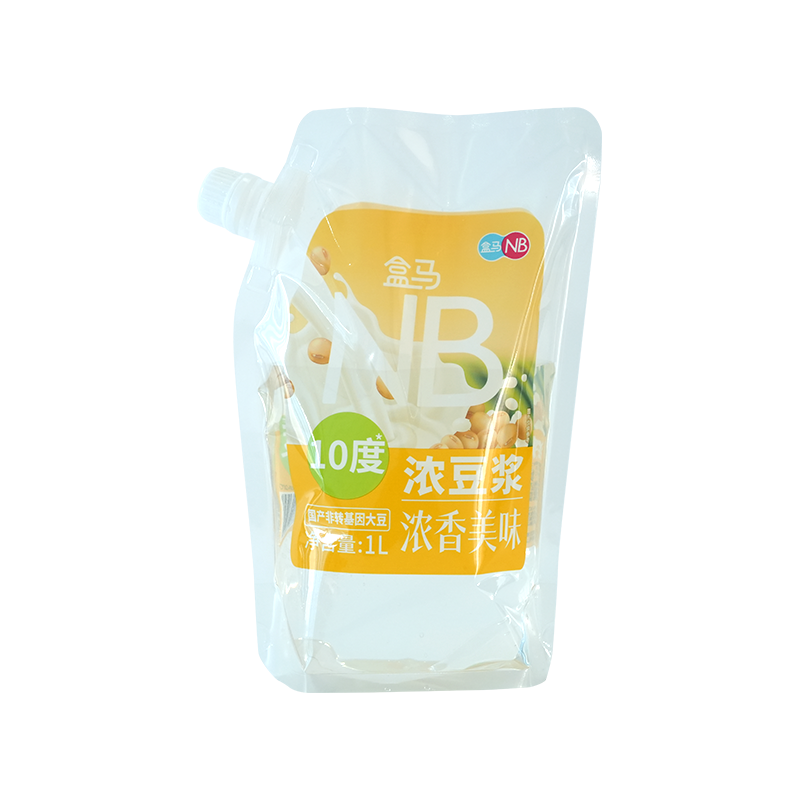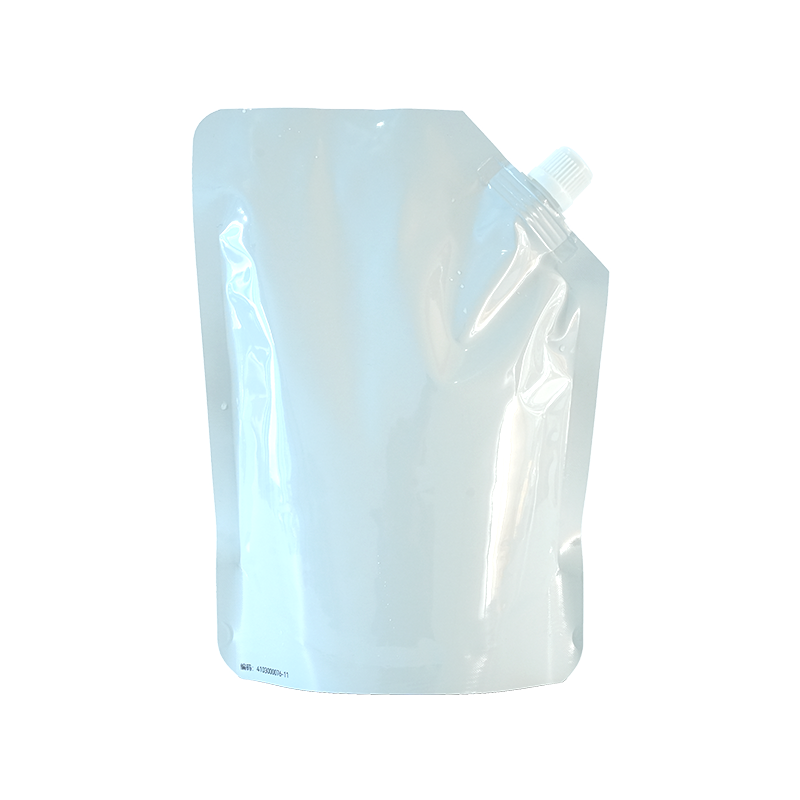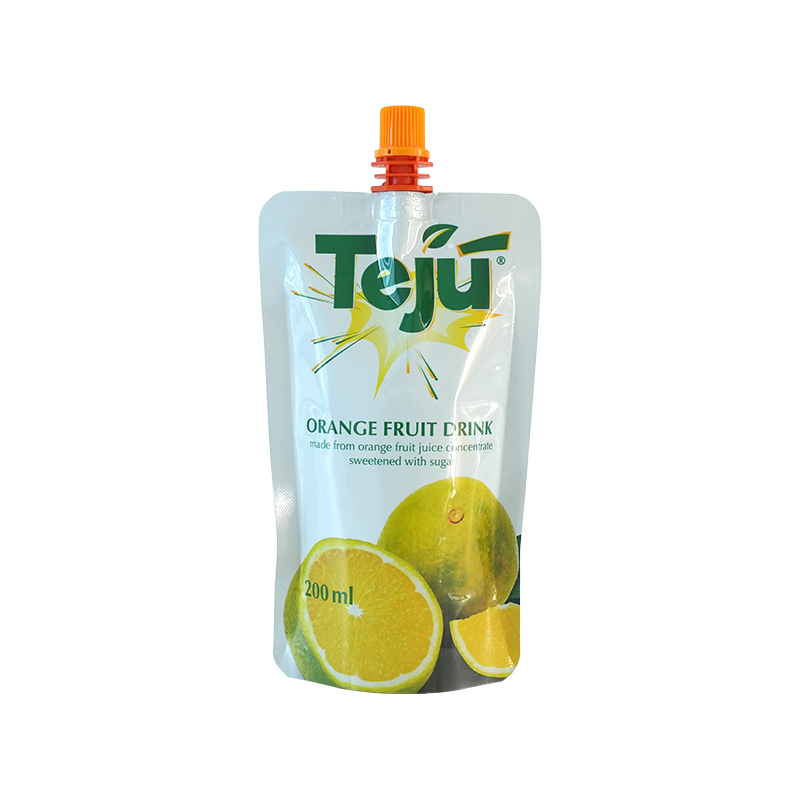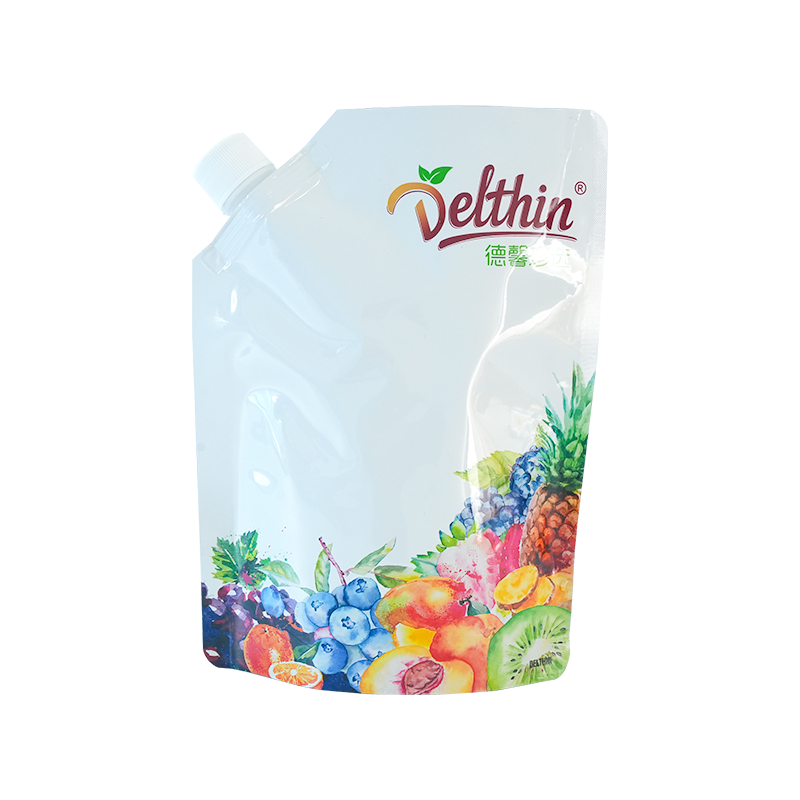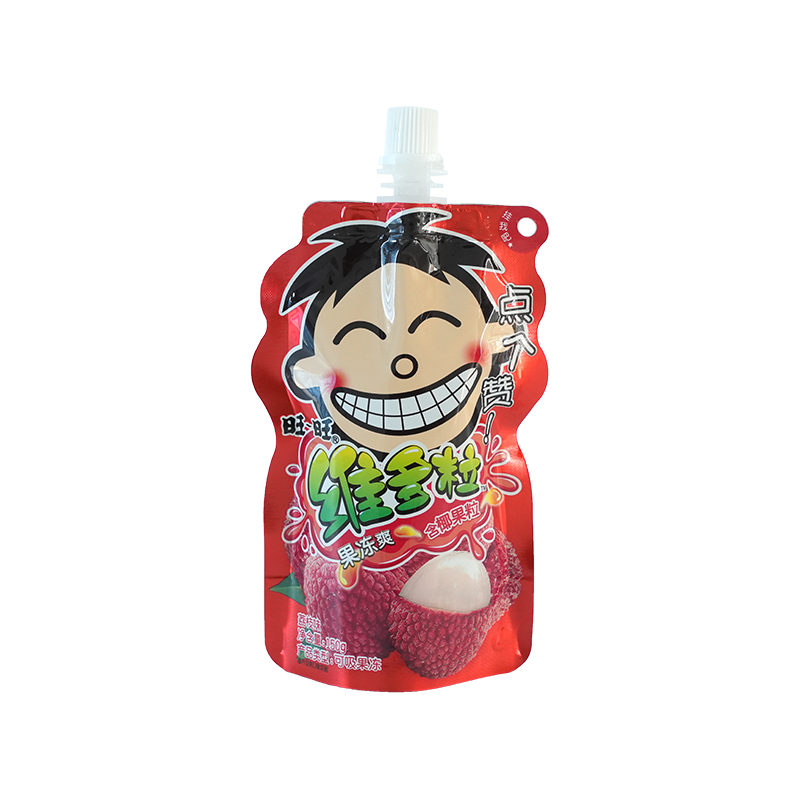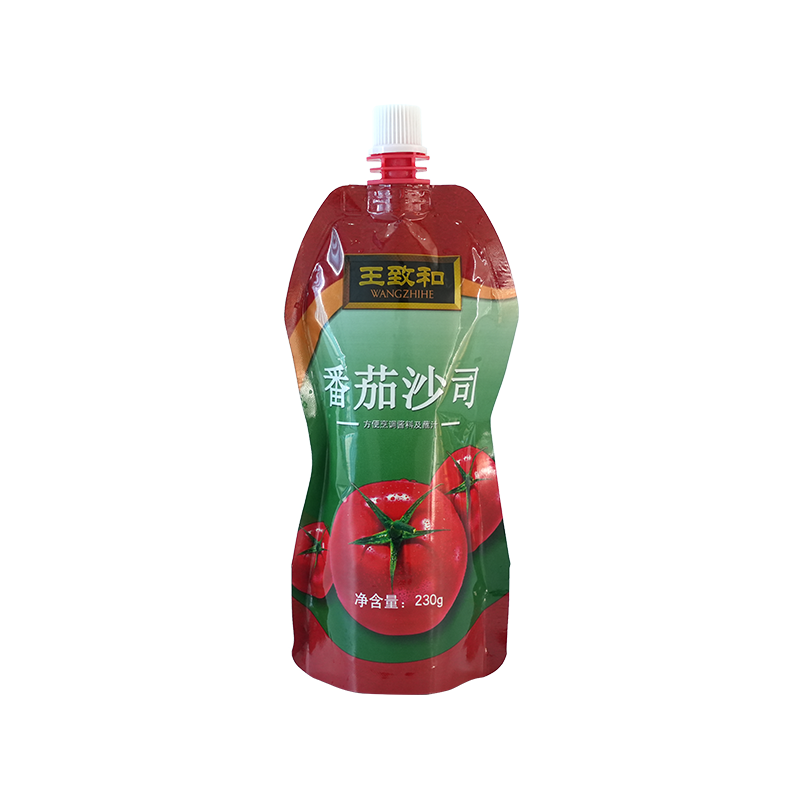In the multi-layer structure system of composite packaging bags, the heat-sealing layer is the interface layer that is in direct contact with the packaged items. Its performance directly determines the integrity of the packaging and its adaptability to the contents, and becomes a core factor affecting product quality protection and transportation safety. This special functional layer builds a key barrier to prevent leakage of contents and block external environmental intrusion through the synergistic effect of the physical and chemical properties of the material and the thermal processing technology.
As a typical material for the heat-sealing layer, LDPE (low-density polyethylene) occupies an important position in the field of composite packaging with its unique molecular structure and performance advantages. LDPE is polymerized by ethylene monomers under high temperature and high pressure conditions. Its molecular chain has a large number of short branched structures. This unique molecular form gives the material good flexibility and ductility. When applied to the heat-sealing layer of composite packaging bags, LDPE can quickly soften and deform during the heat-sealing process, so that the two layers of film can achieve mutual penetration and entanglement at the molecular level under pressure, forming a strong sealing structure. Its low melting temperature allows the heat sealing operation to be completed under relatively mild conditions, which not only reduces energy consumption, but also avoids material deformation or performance degradation caused by high temperature, ensuring the stability and reliability of the packaging process.
Cost-effectiveness is also an important factor in LDPE becoming the preferred material for the heat sealing layer. LDPE has a mature production process, a wide range of raw materials, and large-scale production makes its unit cost relatively low. In the economic cost structure of composite packaging materials, the heat sealing layer is a key link that directly affects the integrity of the packaging. Choosing LDPE can not only meet the functional requirements, but also effectively control the production cost and achieve the best balance between performance and cost. This economic advantage makes LDPE widely used in industries such as food and daily necessities that are sensitive to packaging costs, ensuring that the product maintains a price advantage in market competition.
The sealing performance of the LDPE heat sealing layer is directly related to the safety of the composite packaging bag. During the packaging process, the heat sealing equipment precisely controls the temperature, pressure and time parameters to make the LDPE material reach the optimal melting state and form a uniform and continuous sealing weld. The strength of the weld depends not only on the heat sealing process parameters, but also on the performance of the LDPE material itself. High-quality LDPE materials have good heat-seal strength retention, and can still maintain the sealing performance of the weld under different storage conditions, effectively preventing liquid leakage, gas penetration and dust pollution, and providing a reliable protective barrier for the contents.
In terms of adaptability to packaged items, the LDPE heat-seal layer exhibits good chemical stability. Its non-polar molecular structure makes it tolerant to most acidic and alkaline substances, and it is not easy to react chemically with the contents, ensuring that the quality of the packaged items is not affected. At the same time, LDPE materials are non-toxic and odorless, meet the safety standards of food contact materials, and can be directly in contact with food, medicine, etc., meeting the strict requirements of different industries for packaging safety. In addition, the flexibility of LDPE enables it to adapt to the packaging of contents of different shapes and textures, and will not cause damage to the product during the packaging process, further improving the applicability of composite packaging bags.
Although LDPE has many advantages, its performance still has certain limitations in some special application scenarios. For example, in high temperature and high humidity environments or packaging with extremely high barrier properties, a single LDPE heat-seal layer may not meet the needs. At this time, the performance of the LDPE heat-sealing layer is usually optimized by blending modification, coating functional coatings or compounding with other high-performance materials. These modification technologies give LDPE higher barrier properties, heat resistance or puncture resistance while retaining the original advantages of LDPE, expanding the application range of composite packaging bags.
From production process to practical application, the LDPE heat-sealing layer has become a key factor in achieving sealing integrity and item adaptability of composite packaging bags with its excellent flexibility, reliable heat-sealing performance and economic cost advantages. With the continuous improvement of the packaging industry's requirements for product safety and functionality, LDPE heat-sealing layer technology is also continuing to innovate and develop. Through material modification and process optimization, it provides more efficient and safer solutions for the composite packaging field, and promotes the entire industry to move towards higher quality.

